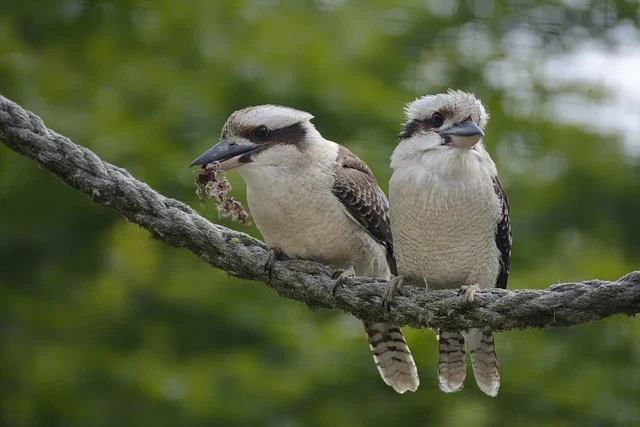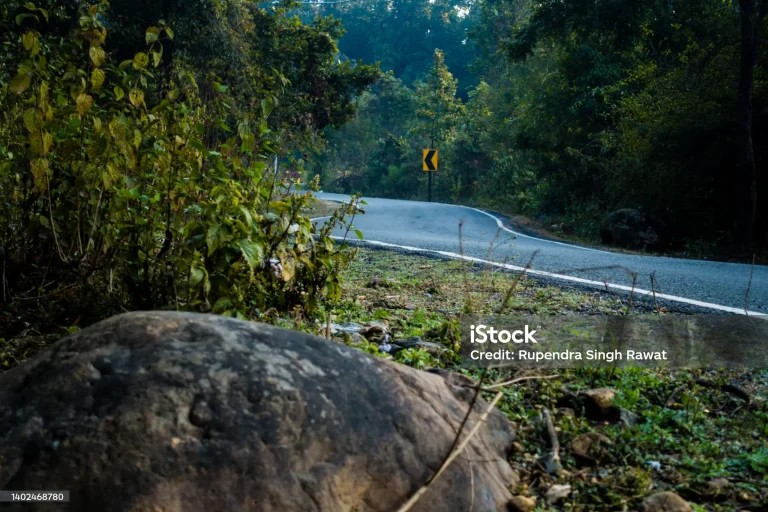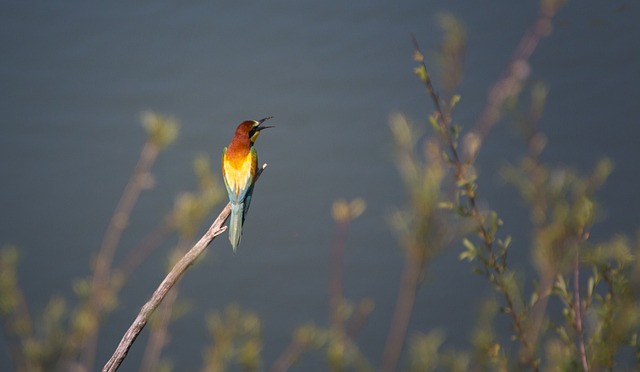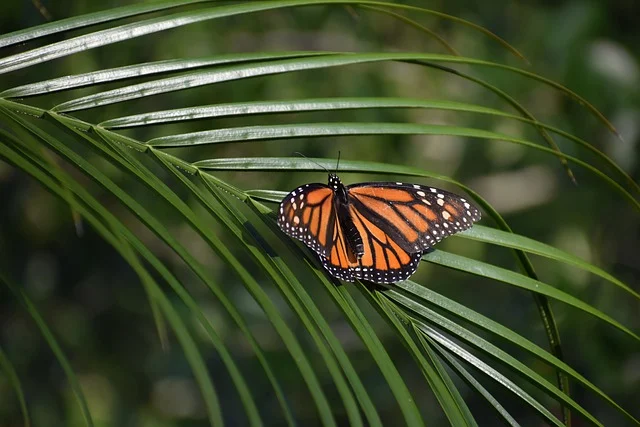Climate change is one of the most pressing challenges of our time, affecting ecosystems and wildlife across the globe. As temperatures rise, weather patterns shift, and habitats are altered, many species face unprecedented threats to their survival. Understanding how climate change impacts wildlife populations is crucial for developing effective conservation strategies. This article explores the effects of climate change on wildlife, the adaptations species may undertake, and the conservation strategies necessary to mitigate these impacts.
The Effects of Climate Change on Wildlife Populations
Habitat Alteration
One of the most significant ways climate change affects wildlife is through habitat alteration. As temperatures rise, many ecosystems experience shifts in their composition and function. For example, warmer temperatures can lead to the retreat of glaciers, the drying of wetlands, and changes in forest types. These alterations can make habitats unsuitable for the species that depend on them.
Take, for example, the Arctic region. As temperatures increase, polar ice melts, drastically reducing the habitat available for species like polar bears and seals. Similarly, in temperate regions, changing rainfall patterns can affect the distribution of forests and grasslands, leading to habitat loss for many terrestrial species.
Altered Migration Patterns
Many wildlife species rely on migratory routes to access food, breeding grounds, and favorable climates. Climate change can disrupt these patterns, forcing animals to adapt to new conditions. Birds, for instance, may find that their traditional nesting sites are no longer viable due to changing temperatures or altered food availability. This disruption can lead to mismatches in timing, where birds arrive at breeding grounds before food sources are available.
Increased Competition and Predation
As habitats change and species are forced to migrate, competition for resources can increase. For instance, as some animals move into new areas, they may come into contact with other species for the first time. This can lead to increased competition for food, shelter, and mates, often disadvantaging native species.
Furthermore, shifting ecosystems can also lead to altered predator-prey dynamics. For example, if warmer temperatures allow certain predators to expand their range into new habitats, native prey species may face heightened threats, leading to population declines.
Diseases and Parasites
Climate change can also affect the prevalence and distribution of diseases and parasites that impact wildlife. Warmer temperatures can create more favorable conditions for pathogens and parasites, which can then spread more easily among wildlife populations. For instance, ticks and the diseases they carry have expanded their range due to milder winters, affecting species like deer and small mammals.
Adaptation Strategies in Wildlife
Wildlife populations have evolved over millennia to adapt to changing environments, and climate change is no exception. Some species may adapt through behavioral changes, phenotypic plasticity, or even genetic evolution.
Behavioral Adaptations
Many animals are adjusting their behaviors in response to changing climates. For example, some bird species are altering their migration timings to match the availability of food sources. Insects, too, are shifting their life cycles to adapt to new temperatures. Such behavioral adaptations can help species cope with immediate threats posed by climate change.
Physiological Adaptations
Some species may develop physiological adaptations over time. For example, as temperatures rise, certain fish species might adapt by developing a greater tolerance to warmer water. Such adaptations can be critical for survival, but they often take generations to manifest.
Range Shifts
In response to climate change, many species are shifting their ranges toward cooler areas, such as higher elevations or latitudes. For instance, mountain-dwelling species may move up slopes to find suitable habitats, while others may migrate poleward. However, not all species can successfully migrate, especially those with limited mobility or those that require specific habitats.
Conservation Strategies for Wildlife
Given the significant challenges posed by climate change, targeted conservation strategies are essential to support wildlife populations. Here are some key approaches:
Habitat Protection and Restoration
Protecting existing habitats and restoring degraded ecosystems are vital components of wildlife conservation. Establishing protected areas can provide refuge for species affected by climate change. Restoration projects, such as reforesting areas or rehabilitating wetlands, can also help create more resilient ecosystems that can better withstand climatic changes.
Creating Wildlife Corridors
Wildlife corridors can facilitate species movement in response to changing habitats. By connecting fragmented landscapes, these corridors allow animals to migrate safely and maintain genetic diversity. For example, projects that link protected areas can help species like large mammals access new territories, enhancing their chances of survival.
Climate-Smart Conservation Planning
Conservation strategies must take climate change into account. This involves using climate models to predict future habitat changes and prioritizing areas that are likely to remain suitable for wildlife in the future. Implementing adaptive management practices allows conservation efforts to be flexible and responsive to new information.
Community Engagement and Education
Involving local communities in conservation efforts can greatly enhance the effectiveness of strategies. Educating the public about the impacts of climate change on wildlife and ecosystems fosters a sense of stewardship. Community-driven conservation initiatives can lead to more sustainable practices, benefiting both wildlife and human populations.
Research and Monitoring
Ongoing research is essential for understanding the impacts of climate change on wildlife. Monitoring populations, habitats, and ecosystems allows scientists and conservationists to assess the effectiveness of strategies and make necessary adjustments. Citizen science initiatives can also engage the public in data collection and increase awareness of conservation issues.
Conclusion
Climate change poses significant challenges for wildlife populations worldwide, threatening their habitats, migration patterns, and overall survival. However, through a combination of adaptation strategies and targeted conservation efforts, we can help mitigate these impacts. Protecting and restoring habitats, creating wildlife corridors, and engaging communities in conservation initiatives are essential steps toward safeguarding wildlife in a rapidly changing world.
As stewards of the planet, it is our responsibility to ensure that future generations inherit a rich tapestry of biodiversity. By addressing the impacts of climate change on wildlife today, we can work towards a more sustainable and resilient future for all living beings.









